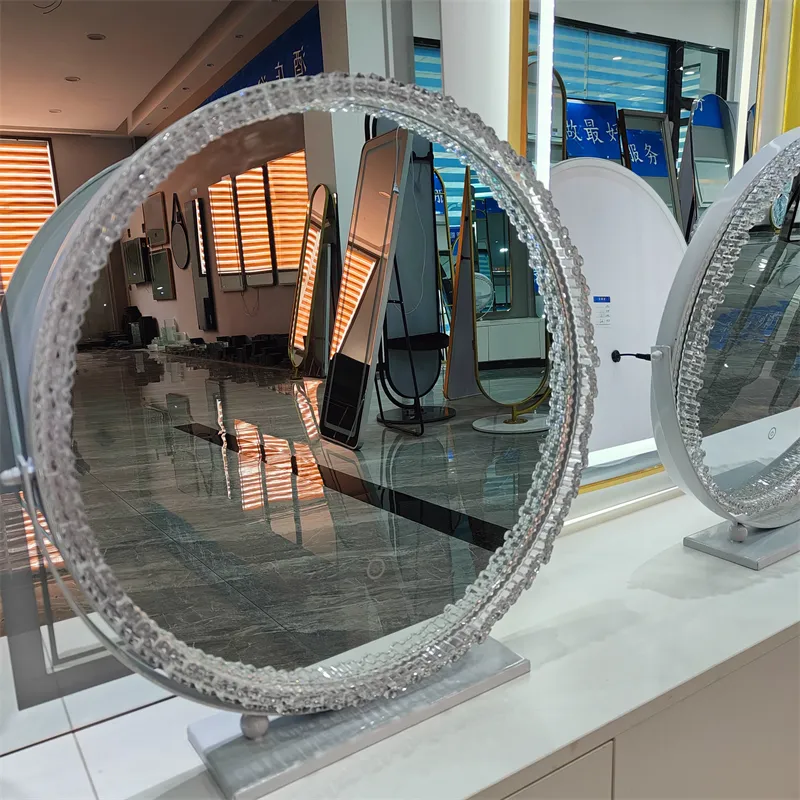Oct . 30, 2024 21:40 Back to list
transparent reflective glass
Transparent Reflective Glass A Modern Architectural Marvel
In the realm of contemporary architecture, few materials offer the versatile aesthetic and functional properties of transparent reflective glass. This innovative building material has transformed the design landscape, offering a seamless blend of beauty, efficiency, and sustainability that appeals to architects and designers alike.
Transparent reflective glass is characterized by its unique ability to reflect light while maintaining a degree of transparency. This dual functionality allows it to serve as both a barrier and a connection to the surrounding environment. Buildings clad in this material create striking visuals, reflecting the sky and urban landscape while allowing natural light to permeate interiors. The reflective properties help to minimize glare and heat gain, making indoor spaces more comfortable and reducing the reliance on artificial lighting.
One of the primary benefits of transparent reflective glass is its energy efficiency. By reflecting solar radiation, it helps to regulate temperatures within buildings, ultimately leading to lower energy consumption for heating and cooling. This is particularly valuable in commercial buildings, where large glass facades can account for significant energy expenditure. The use of this glass can contribute to certifications such as LEED (Leadership in Energy and Environmental Design), enhancing a building’s sustainability profile.
transparent reflective glass

Additionally, transparent reflective glass plays a crucial role in enhancing privacy without compromising natural light. The reflective surface acts as a one-way mirror during the day, allowing occupants to enjoy unobstructed views of the outside world while minimizing visibility from the outside. This feature is especially advantageous in urban environments where buildings are densely packed.
Moreover, the aesthetic appeal of transparent reflective glass cannot be overstated. It brings a contemporary flair to any architectural design, enabling structures to stand out while harmonizing with their surroundings. Architects have leveraged this material to create stunning skyscrapers and commercial spaces that redefine skylines and impressions.
In conclusion, transparent reflective glass is a testament to the evolution of architectural materials, merging functionality with elegance. As cities continue to grow and evolve, the demand for innovative and sustainable building solutions will only increase. Transparent reflective glass not only meets these demands but also enhances the overall experience of spaces, making it a preferred choice for forward-thinking architects and builders. Its combination of energy efficiency, aesthetics, and privacy features positions it as a cornerstone of modern architectural design, promising to shape the environments of tomorrow.
-
Safety and Style with Premium Laminated Glass Solutions
NewsJun.24,2025
-
Reinvents Security with Premium Wired Glass
NewsJun.24,2025
-
Premium Float Glass Line for Modern Architecture
NewsJun.24,2025
-
Low Emissivity Glass for Energy-Efficient Architecture
NewsJun.24,2025
-
High-Performance Insulated Glass Solutions for Modern Architecture
NewsJun.24,2025
-
Elevates Interior Style with Premium Silver Mirror
NewsJun.24,2025
Related PRODUCTS














